Chorizo in Chili: A Spicy Symphony of Flavor and Tradition
Introduction: Is Your Chili Missing That Smoky Kick?
Picture this: it’s a chilly evening, and you’re stirring a bubbling pot of chili on the stove. The aroma is warm, comforting… but something’s missing. What if I told you that one little twist could elevate your dish from 'meh' to 'mouthwatering magic'? Enter chorizo — the bold, spiced sausage that’s been setting taste buds alight for centuries.
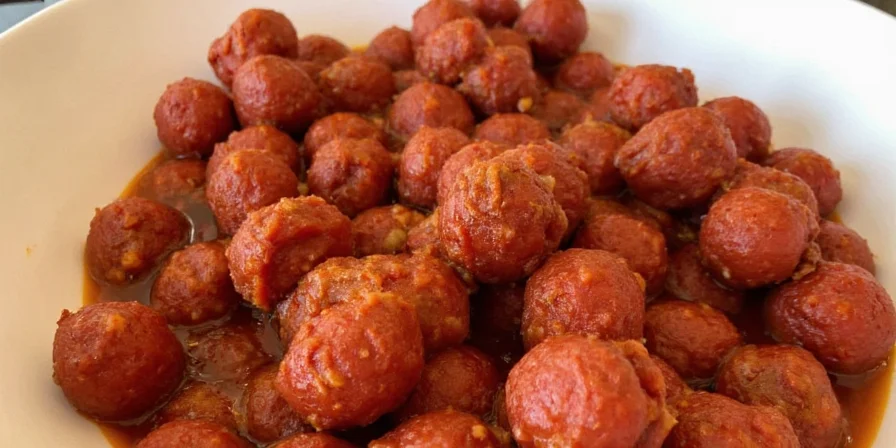
What Exactly is Chorizo?
Originating in Spain and later adopted by Latin American cuisines (especially Mexico), chorizo is a highly seasoned pork sausage made with a blend of spices like paprika, garlic, vinegar, and chili powder. It comes in both fresh and cured varieties:
- Spanish Chorizo: Cured, smoky, and often sliced thin for charcuterie boards.
- Mexican Chorizo: Fresh, uncooked, and packed with ground meat — perfect for crumbling into chili.
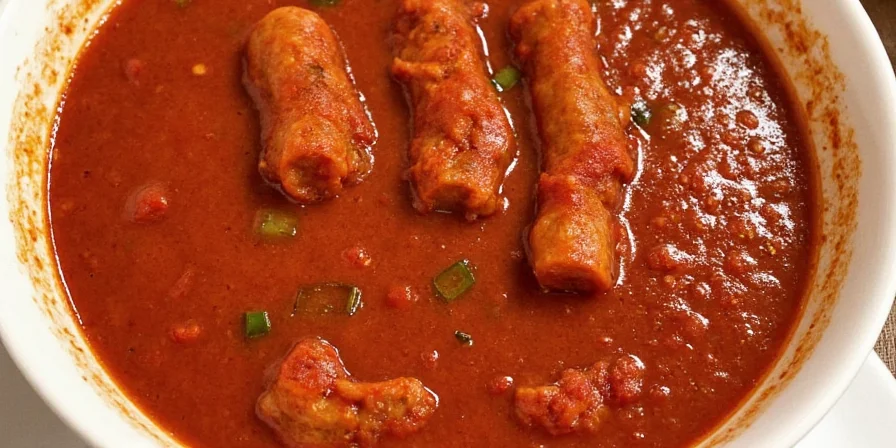
| Type | Texture | Common Use | Spice Level |
|---|---|---|---|
| Spanish Chorizo | Firm & chewy | Cold cuts, tapas | Mild to smoky |
| Mexican Chorizo | Soft & crumbly | Tacos, stews, chili | Hot & spicy |
Why Add Chorizo to Chili? 5 Irresistible Reasons
- Flavor Explosion: Chorizo brings its own seasoning party — no extra spices needed!
- Natural Umami Bomb: Its fatty richness enhances depth and mouthfeel.
- Variety Boost: Adds texture contrast alongside beans and tomatoes.
- Tradition Meets Innovation: Honors heritage while letting you flex your culinary creativity.
- Protein Powerhouse: Pumps up the protein content without relying solely on beans or beef.
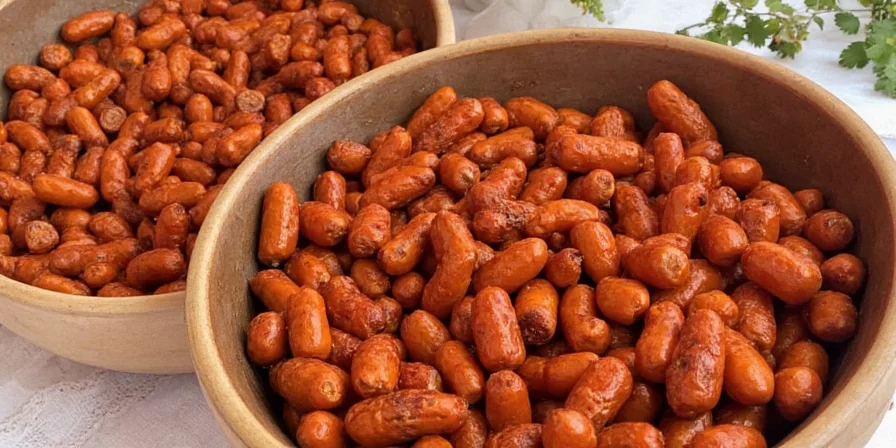
How to Choose the Right Chorizo for Your Chili
Picking the wrong chorizo can lead to disappointment. Here's a quick cheat sheet to help you choose wisely:
- Look for “Mexican” or “Fresh” chorizo at your local butcher or grocery store.
- Avoid cured chorizo unless you plan to use it as a garnish.
- Check the fat content — higher fat means more flavor and juiciness.
Quick Tip:
If you're health-conscious, opt for turkey or plant-based chorizo alternatives — they still pack a punch without the saturated fats!
Step-by-Step Guide: Making Chorizo Chili Like a Pro
- Sauté Aromatics: On medium heat, cook onions, garlic, and bell peppers until fragrant.
- Add Crumbled Chorizo: Cook until browned and slightly crispy around the edges.
- Stir in Tomatoes: Add a can of crushed tomatoes or diced fire-roasted tomatoes for extra depth.
- Spice It Up: Depending on your base, add cumin, smoked paprika, or even a pinch of cinnamon for complexity.
- Add Beans & Broth: Kidney, black, or pinto beans work great. Add enough broth or water to reach your desired consistency.
- Simmer to Perfection: Let everything bubble away for 30–45 minutes. Stir occasionally and let the flavors meld.
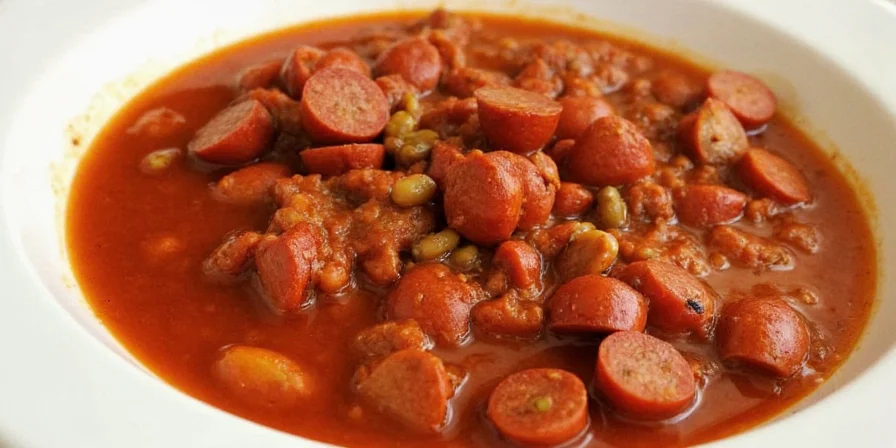
Chorizo Chili Variations Around the World
While the traditional Tex-Mex chili might be familiar, chorizo brings its vibrant spice to many corners of the globe:
- Mexico: Chorizo y papas (sausage and potatoes) chili served with tortillas.
- Spain: Stewed in tomato sauce with sherry vinegar and olives — more stew than chili.
- Philippines: Influenced by Spanish colonization, chourico is used in soups and rice dishes.
- United States: Fusion versions feature chorizo blended with ground beef or turkey for a layered flavor profile.
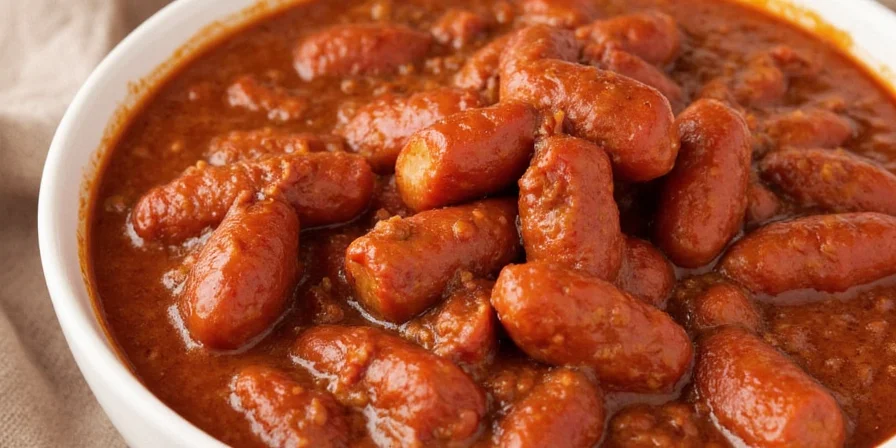
FAQ: Everything You Wanted to Know About Chorizo in Chili
Can I use cured chorizo in chili?
Technically yes, but you’ll need to dice it finely and consider its dryness. It won’t melt into the sauce like fresh chorizo does.
Is there a vegan chorizo option?
Absolutely! Brands like Beyond Meat and Tofurky offer plant-based chorizo options that are perfect for chili.
How hot is chorizo?
It depends on the brand and region. Most Mexican chorizo is moderately spicy, but some varieties can bring serious heat.
Can I make my own chorizo for chili?
You sure can! Mix ground pork with paprika, garlic powder, oregano, vinegar, and salt. Adjust the spice level to suit your taste.
The Science Behind the Heat: Why Chorizo Makes Chili Better
Beyond just flavor, there’s a science to why chorizo works so well in chili:
- Lipid Solubility: Capsaicin (the compound responsible for spiciness) binds well with fats — chorizo’s high-fat content spreads the heat evenly.
- Maillard Reaction: When chorizo browns, it develops complex, savory notes that enhance overall umami.
- Textural Contrast: The slight crispiness adds a dynamic element to soft beans and liquid base.
Chorizo in Chili: The Ultimate Taste Test
We rounded up five different types of chorizo to test which one gives the best results in chili. Here’s how they stacked up:
| Brand | Heat Level | Flavor Intensity | Price per lb | Overall Score |
|---|---|---|---|---|
| Jamonera | Medium | High | $6.99 | ⭐⭐⭐⭐⭐ |
| La Costeña | Spicy | Medium | $5.49 | ⭐⭐⭐⭐ |
| Trader Joe’s | Mild | Medium | $4.99 | ⭐⭐⭐ |
| Beyond Meat Plant-Based | Varies | High | $7.99 | ⭐⭐⭐⭐ |
| Homemade Blend | Customizable | Very High | $6.00 | ⭐⭐⭐⭐⭐ |
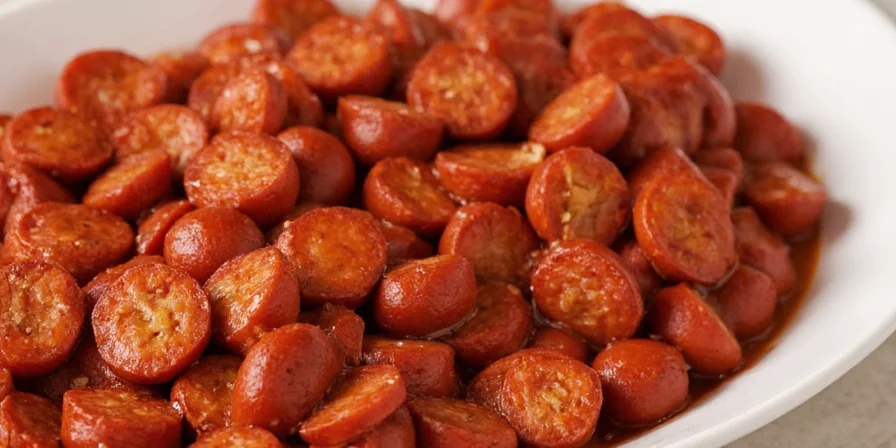
Conclusion: Spice Up Your Life with Chorizo in Chili
Whether you're a seasoned home cook or a curious foodie, chorizo in chili is a game-changer. It’s not just about heat — it’s about depth, culture, and taking comfort food to the next level. So go ahead, grab that package of fresh chorizo, and let your kitchen become the epicenter of flavor.
And remember — when life gives you chilies, make chorizo chili!
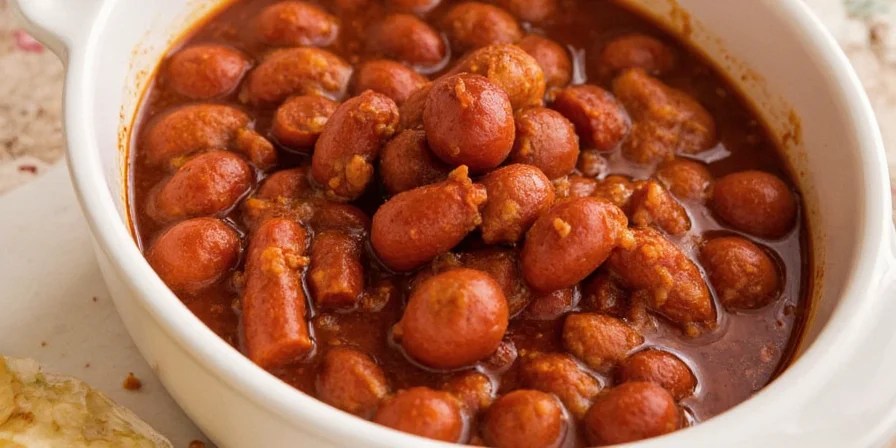

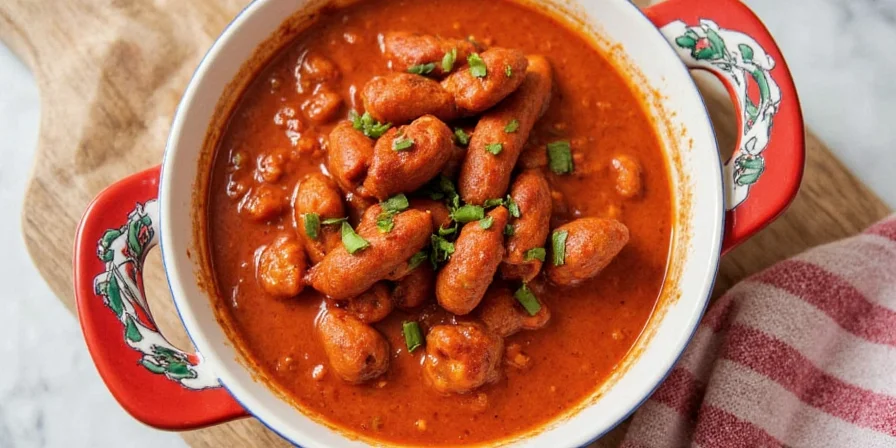









 浙公网安备
33010002000092号
浙公网安备
33010002000092号 浙B2-20120091-4
浙B2-20120091-4